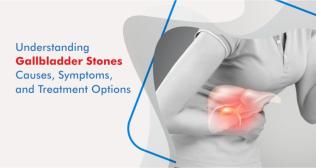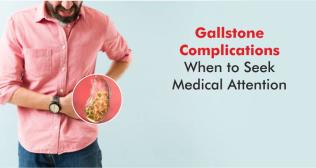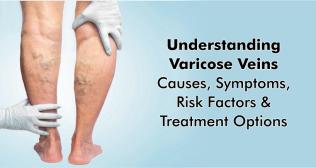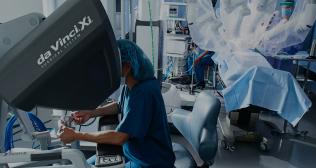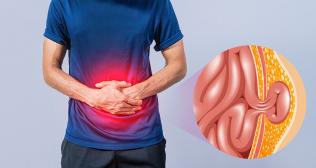
Understanding Inguinal Hernia: Causes, Symptoms, and Treatment
An inguinal hernia occurs when a portion of the intestine or fatty tissue pushes through a weak spot in the lower abdominal wall, specifically in the inguinal canal. This condition is more common in men than in women and can lead to discomfort and complications if left untreated. Understanding the causes, recognizing the symptoms, and knowing the treatment options are crucial for managing an inguinal hernia effectively.
Causes of Inguinal Hernia:
Several factors can contribute to the development of an inguinal hernia:
1. Weak Abdominal Muscles: A congenital weakness in the abdominal muscles can make some individuals more susceptible to hernias.
2. Straining: Activities that involve heavy lifting, coughing, or straining during bowel movements can increase intra-abdominal pressure and push tissue through the weak spot.
3. Aging: As people age, muscles tend to weaken, making older adults more prone to hernias.
4. Chronic Conditions: Conditions such as chronic cough, constipation, or urinary retention can increase the risk of developing a hernia.
Symptoms of Inguinal Hernia
Inguinal hernias can present a variety of symptoms, ranging from mild discomfort to severe pain.
Key symptoms include:
1. Bulge in the Groin Area: A noticeable bulge or swelling on one or both sides of the groin is the most common sign. This bulge may be more apparent when standing or straining and may disappear when lying down.
2. Pain or Discomfort: Pain or discomfort, especially when bending over, coughing, or lifting, is typical. The pain may be sharp or a dull ache.
3. Heaviness or Weakness: A feeling of heaviness, weakness, or pressure in the groin can also be a symptom.
4. Burning or Gurgling Sensation: Some individuals may experience a burning or gurgling sensation at the bulge site.
Treatment of Inguinal Hernia
The treatment of an inguinal hernia often depends on the severity of symptoms and the risk of
complications. There are three primary approaches:
1. Watchful Waiting: For small, asymptomatic hernias, doctors may recommend a watchful waiting approach, monitoring the condition without immediate surgery.
2. Surgery: If the hernia is painful, enlarging, or at risk of complications, surgical intervention is necessary. There are several types of hernia surgery:
- Open Hernia Repair (Herniorrhaphy): The surgeon makes an incision in the groin, pushes the protruding tissue back into the abdomen, and strengthens the abdominal wall with stitches or mesh.
- Laparoscopic Repair: This minimally invasive procedure involves several smallcincisions, through which a laparoscope and surgical instruments are inserted.
The surgeon repairs the hernia using mesh.
- Robotic Surgery: Similar to laparoscopic surgery, robotic surgery uses small incisions and a laparoscope. However, the surgeon controls robotic instruments, which can offer greater precision and flexibility. This method can lead to shorter recovery times and less postoperative pain.
Inguinal hernias are a common condition that can cause significant discomfort and complications if not properly managed. Understanding the causes, recognizing the symptoms, and knowing when to seek treatment are essential steps in managing this condition. If you suspect you have an inguinal hernia, consult with a healthcare provider to discuss the best course of action, including the possibility of robotic surgery for a more precise and less invasive treatment option.
Categories
Clear allMeet the doctor

- General Surgery | General Surgery
-
20 Years
-
1100









